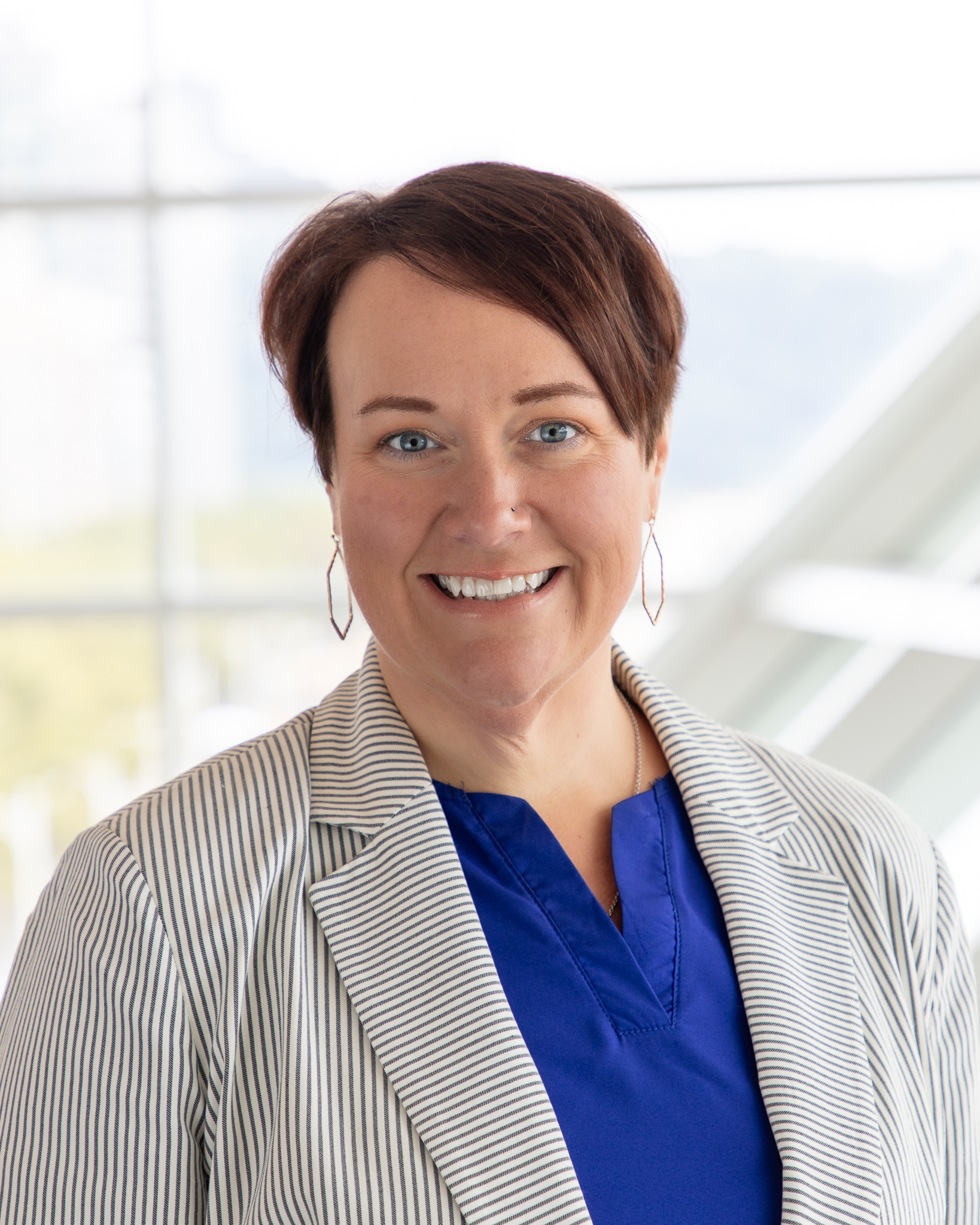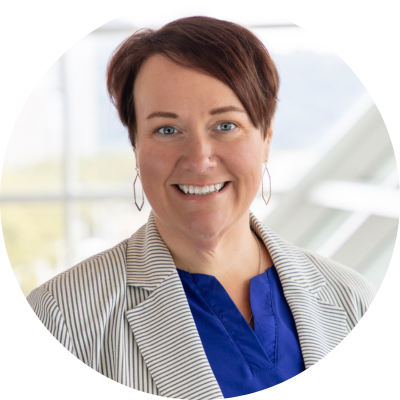Building Trust During Challenging Times: Part III

Jeri L. Andrews of CareSouth Carolina on how mobile clinics fill gaps in care for people of all ages
Over the last several weeks, we’ve chatted with public health leaders from urban areas about providing live-saving care as well as primary and preventive services for populations that have been underserved or marginalized, including the LGBTQ+ community and people experiencing homelessness.
For our third interview in this series, Mollie Williams sat down with Jeri Andrews of CareSouth Carolina to talk about what the view on public health looks like from the rural Pee Dee region of South Carolina – a timely interview as the nation’s rural health care crisis continues to unfold.
Read on to learn more about how Andrews and her team are repurposing COVID-era testing units and partnering with school systems to reach and support the health and well being of South Carolinians of all ages.
Mollie Williams: Tell us about CareSouth Carolina’s MOBY Outreach and how it has helped to build trust with the clients you serve.
Jeri Andrews: Our MOBY outreach is pretty new for us. We have five Sprinter vans that were primarily used for COVID vaccinations and testing during the pandemic. But now we’re in the process of repurposing those units to do more focused outreach.
We have patients who still go to the ER for things that they could come to the office for. We have patients who just don’t come in at all. So, we’re going to be using these units to reach patients who are not getting what they need from [medical institutions] otherwise.
This is a community health worker (CHW)-focused initiative. It’s not a provider-centric unit. We don’t plan to have a provider there because a provider visit isn’t always necessary to meet a patient’s needs. When you have a lot of patients who have social determinants of health (SDOH) triggers, that’s not something you can correct, fix or even address in a 15- to 20-minute in-office visit.
These patients need resources; they need time; they need relationship building, and they need to trust who they’re speaking to. The nurse and CHWs work from a list of patients who were either lost to follow-up or are high ER users. With these units, we can go out to their homes. You can learn so much about someone by seeing their day-to-day life.
When we visit, we ask: What is it that you need? They could have food insecurity or no refrigerator to keep food safe, or no electricity at all, or they could have a transportation issue. A nurse or a CHW can spend an hour or two at your home [to assess the situation] and then coordinate those resources, plus arrange for close follow-up.
That’s what we’re focusing on – getting into their environment and getting them what they need. It may not have anything to do with health care. But if we fix those other issues, their health is going to improve. This is just a different way of providing care. Going to someone’s home and helping them instead of saying, “Come to me”.
This is just a different way of providing care.
Jeri L. Andrews
Going to someone’s home and helping them instead of saying, ‘Come to me’.
MW: Outside of serving clients directly from their mobile units, what else can individual providers do in the field to support trust and break down barriers?
JA: For our school-based program, we’ve attended open houses, school orientations, back-to-school bashes, career fairs, so that way we’re not just the person doing a well-child visit. You see us as part of the school and your routine. We come out for events and do screenings, and our CHW is available in case a school wants us to do an educational session. That way, the teachers, administrators and parents can meet them and get to know who’s going to be taking care of their children. For some events, we also bring the mobile units out and let the students tour it.
MW: How do you think mobile health care might change or evolve in the future?
JA: Mobile care is not as novel as it used to be. It’s not this foreign concept anymore. Now, people have heard of it even though they may have never received care from a mobile clinic. We have the opportunity to look outside the box of mobile care. Knowing how to make connections for patients is next for us. We have a pretty large telehealth program for students because our mobile units can’t be at every one of our schools every day. Because we have telehealth paired up with our mobile services, we can fill the gaps. So, when we can’t be there physically, we can still be there for those who need care. Combining those services to complement each other rather than be in competition is the future.
Mollie Williams, MPH, DrPH is Executive Director of The Family Van and Mobile Health Map and Lecturer of Global Health and Social Medicine at Harvard Medical School. In her free time, she enjoys spending time with her family, traveling, and textile arts.
Jeri L. Andrews, MSN, APRN, FNP-BC is the Associate Medical Director at CareSouth Carolina. She attended the University of South Carolina where she received her Master of Science in Nursing.


